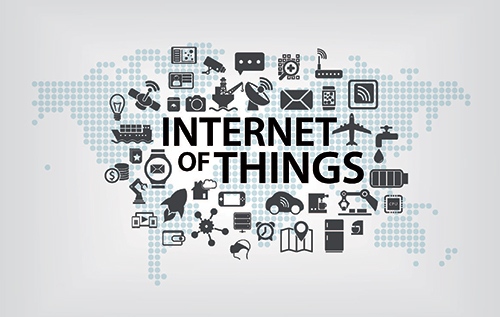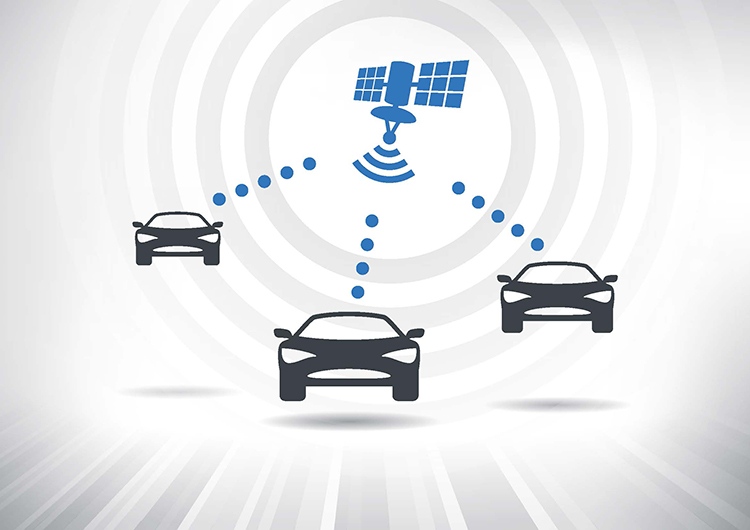IoT & M2M
Satellite IoT or the Internet of Things
 In general, the Internet of Things (IoT) describes devices that are networked or connected through the internet. Technically, this can include all digital devices such as laptops, tablets and cell phones, but IoT usually refers to the myriad of objects that do not require human interaction to connect to the internet. This includes cargo containers, tagged livestock and wildlife, mechanical devices such as vending machines and oil or gas wells plus billions of other devices that are connected to the internet.
In general, the Internet of Things (IoT) describes devices that are networked or connected through the internet. Technically, this can include all digital devices such as laptops, tablets and cell phones, but IoT usually refers to the myriad of objects that do not require human interaction to connect to the internet. This includes cargo containers, tagged livestock and wildlife, mechanical devices such as vending machines and oil or gas wells plus billions of other devices that are connected to the internet.
Because of the ubiquitous coverage offered by satellites, satellite data is often ideal for remote IoT applications. Satellites can often be used to connect IoT devices so they may transmit data, even when they are operating far beyond the coverage of terrestrial data networks.
IoT devices can range in complexity, providing simple identification or location data to complex machine to machine (M2M) communication. When connected, the IoT devices can provide sensor data indicating information such as location and operating conditions. Such automated monitoring can be invaluable for increased efficiency and production for a wide variety of applications including the following:
Asset Tracking is a prime application for IoT. Tracking the location of assets and inventory is critical for both businesses and government and managing the assets is easier when using IoT remote asset tracking solutions. IoT is used to track the location and condition of assets for applications such as:
- Cargo Containers for Freight Management
- Railcar Inventory and Tracking
- Heavy Equipment and Construction Vehicles for Inventory Management
- Military Vehicle and Equipment Inventory Management
- Livestock for Precision Farming
- Wildlife for Improved Ecology
Maritime Applications are often ideally suited for satellite IoT solutions thanks to the ability of satellites to offer coverage and service offshore and far from land-based data coverage. Such applications include the following:
- Vessel Monitoring Systems (VMS) and VMS Compliance
- Enhanced Maritime Location and Safety
- Monitoring of Maritime Vessel Conditions such as Engine Performance
- Remote Buoy Location and Monitoring of Maritime Environmental Conditions
Remote Industrial Assets are often times located in areas underserved or completely unserved by terrestrial mobile data companies. Coverage offered by satellites is often times the only way remote industrial equipment can remain connected to the internet. Many applications rely on IoT connected devices to monitor equipment, change equipment settings and manage assets.
- Connected Agriculture to Monitor Soil Water Content and Temperatures
- Enhanced Connected Supervisory Control and Data Acquisition (SCADA) Monitoring and Management
The Connected Car is one connected IoT device that is more popular than ever. Most new vehicles today have the option available to connect to the internet via terrestrial mobile networks to power such things as on-board Wi-Fi or streaming music. Yes, cars do connect to satellites for GPS navigation but connecting to the internet is done primarily through terrestrial networks.
The possibility of one day accessing the ubiquitous coverage offered by satellites is an attractive feature for designers of future connected cars because there are many vehicles that operate in areas underserved or unserved by mobile internet services. Now, thanks to leaps in satellite antenna technology as well as satellite broadband and data capability, future smart automobiles or even autonomous self-driving vehicles, may have the hybrid capability to connect via both satellite and mobile networks.

